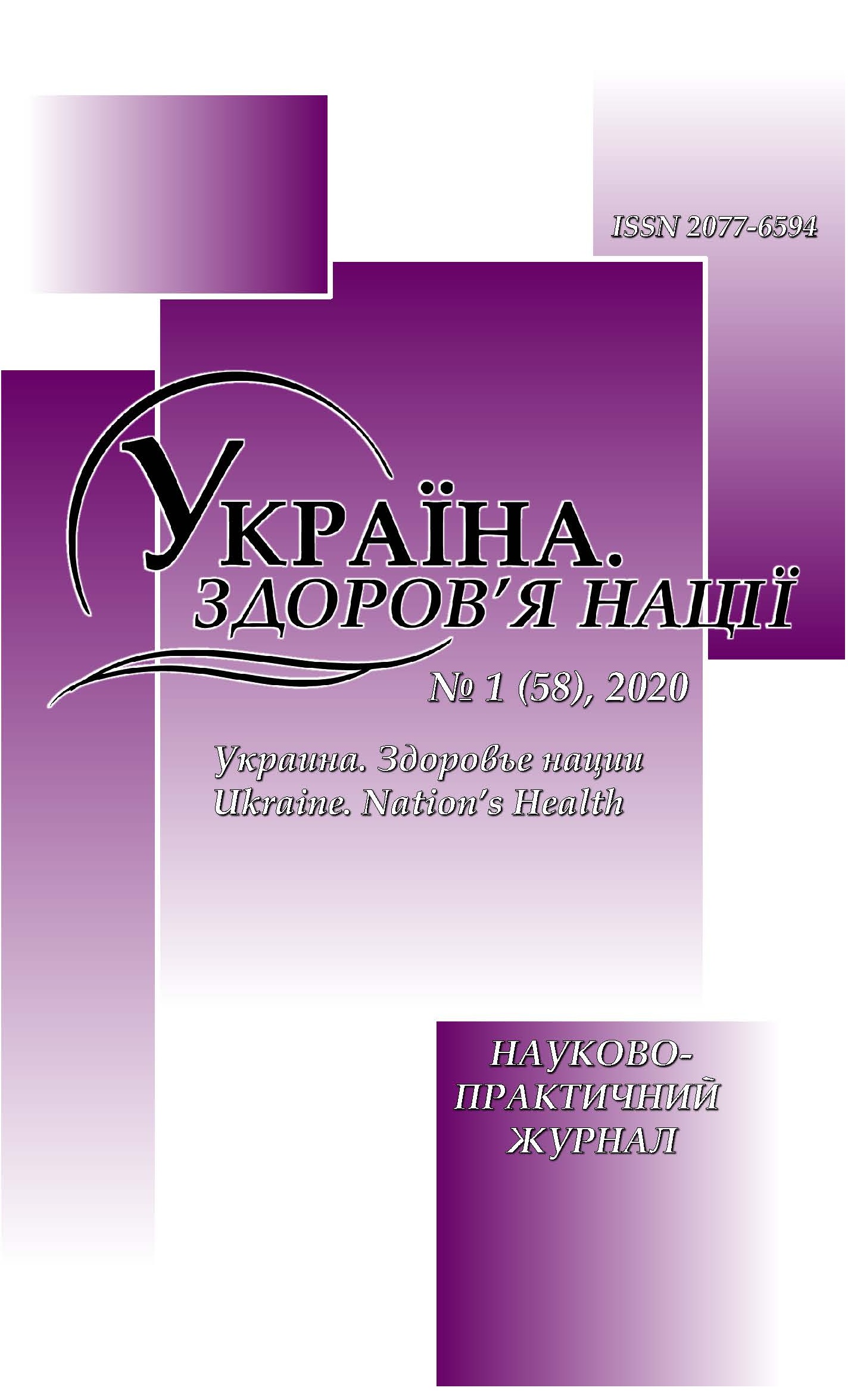Overweight and obesity of children and adolescents in Slovakia
DOI:
https://doi.org/10.24144/2077-6594.1.2020.197495Анотація
Aim: To compare the national reference percentile values for body height, weight, and body mass index (BMI) of children and adolescents in Slovakia with international standards and to analyze growth trends in this population.
Methods: The study was designed as a repeated crosssectional survey. Two nationwide anthropometric surveys (NAS) performed in 2001 and 2011 assessed body weight, height, and BMI of 38 692 children aged 7 to 18 years. Age- and sex-specifıc smoothed percentiles were generated with the lambda-mu-sigma method. Slovak standards were compared with World Health Organization (WHO) 2007 z-scores and International Obesity Task Force (IOTF) standards.
Results: Medians of body height corresponded to the 75th-85th percentile of the WHO 2007 standards. The secular trend of height increase was attenuated, and the final body height did not change between NAS 2001 and NAS 2011. The cut-off BMI values for obesity, set at the 97th percentile for age <14 years, were higher across age ranges than WHO 2007 standards but lower than IOTF standards. Obesity prevalence, relatively low in 2001 (<3%), doubled during the following decade (P<0.001), with the highest values (4.8%-7.6%) observed in children aged up to 13 years.
Conclusion: NAS 2001 data were chosen as national growth standards, as these data were not influenced by the obesity rates increase in the period between the surveys. BMI cut-offs were lower than those in most European countries. Obesity proportions in prepubertal and pubertal boys might be overestimated when WHO 2007 cut-offs are used.Посилання
de Onis M, Onyango AW, Borghi E, Siyam A, Nishida C, Siekmann J. Development of a WHO growth reference for school-aged children and adolescents. Bull World Health Organ. 2007;85:660-7. Medline:18026621 doi:10.2471/BLT.07.043497
Kuczmarski RJ, Ogden CL, Guo SS, Grummer-Strawn LM, Flegal KM, Mei Z, et al. 2000 CDC Growth Charts for the United States: methods and development. Vital Health Stat 11. 2002;246:1-190. Medline:12043359.
Cole TJ, Lobstein T. Extended international (IOTF) body mass index cut-offs for thinness, overweight and obesity: Extended international BMI cut-offs. Pediatr Obes. 2012;7:284-94. Medline:22715120 doi:10.1111/j.2047-6310.2012.00064.x.
Belovicova, M. 2018. Hepatitis and obesity – a modern “scarecrow” for patients with type 2 diabetes mellitus. Vyd: ZDS. In DIA spectrum. 1337-592X, 2/2018, volume VII. p. 18-19.
Belovicova M, Matula P. The efficacy of non-pharmacological treatment of obesity in a spa. Cardiology Lett. 2017;26(3):138–144.
Popovičová, M. – Kovácsová, B. 2016. Importance of fasting and postprandial glycemia in prevention of diabetic retinopathy. In Florence. Prague: Ambit Media, a. s., ISSN 1801-464X, 2016, vol. 7, no. 11., p. 18-22.
##submission.downloads##
Номер
Розділ
Ліцензія
Автори, які публікуються у цьому журналі, погоджуються з наступними умовами:
1. Автори залишають за собою право на авторство своєї роботи та передають журналу право першої публікації цієї роботи на умовах ліцензії Creative Commons Attribution License, котра дозволяє іншим особам вільно розповсюджувати опубліковану роботу з обов'язковим посиланням на авторів оригінальної роботи та першу публікацію роботи у цьому журналі.
2. Автори мають право укладати самостійні додаткові угоди щодо неексклюзивного розповсюдження роботи у тому вигляді, в якому вона була опублікована цим журналом (наприклад, розміщувати роботу в електронному сховищі установи або публікувати у складі монографії), за умови збереження посилання на першу публікацію роботи у цьому журналі.
3. Політика журналу дозволяє і заохочує розміщення авторами в мережі Інтернет (наприклад, у сховищах установ або на особистих веб-сайтах) рукопису роботи, як до подання цього рукопису до редакції, так і під час його редакційного опрацювання, оскільки це сприяє виникненню продуктивної наукової дискусії та позитивно позначається на оперативності та динаміці цитування опублікованої роботи (див. The Effect of Open Access).

